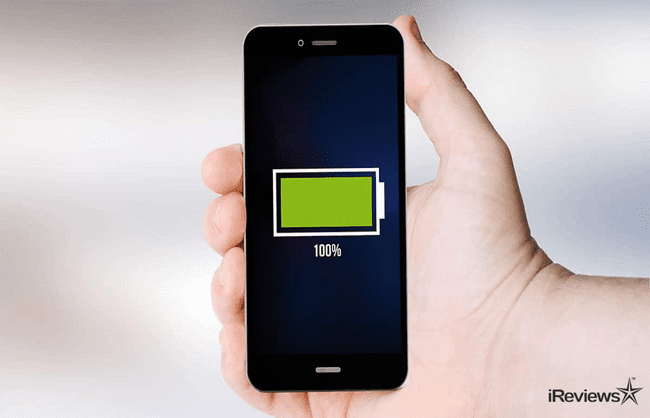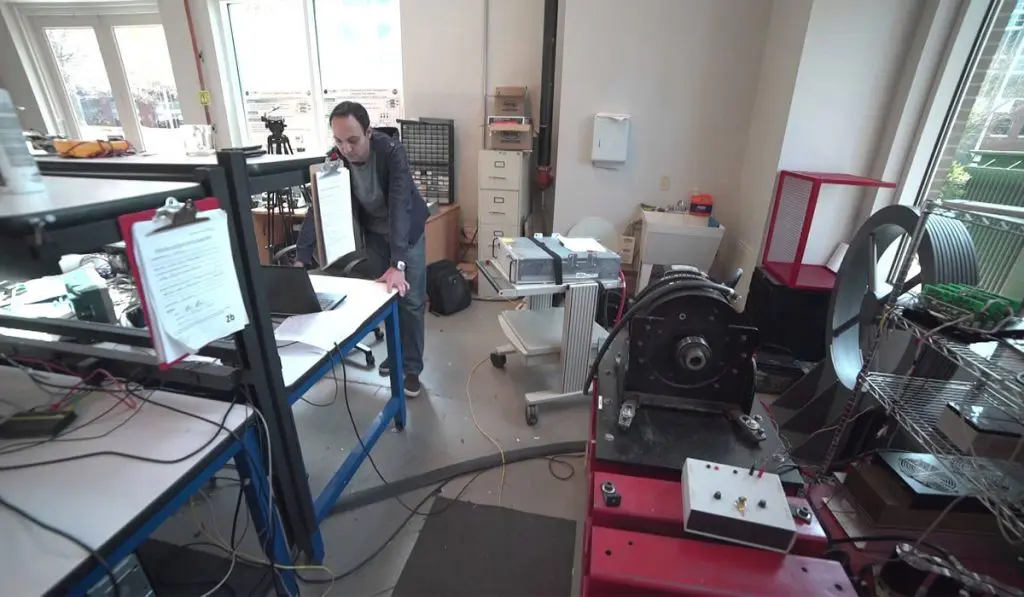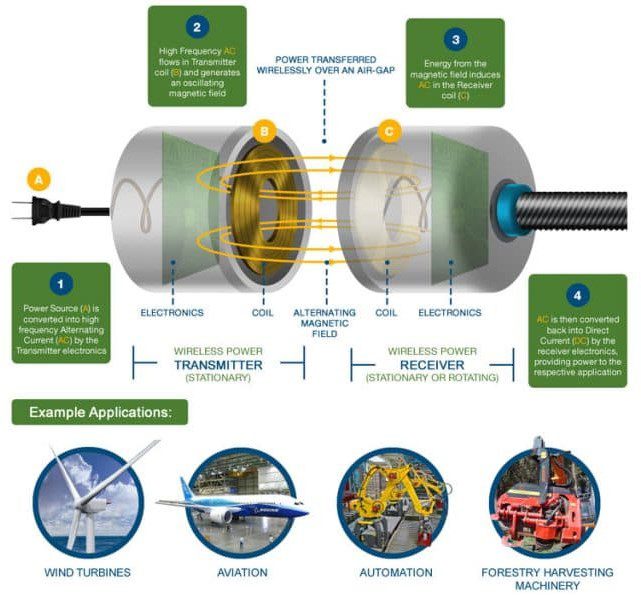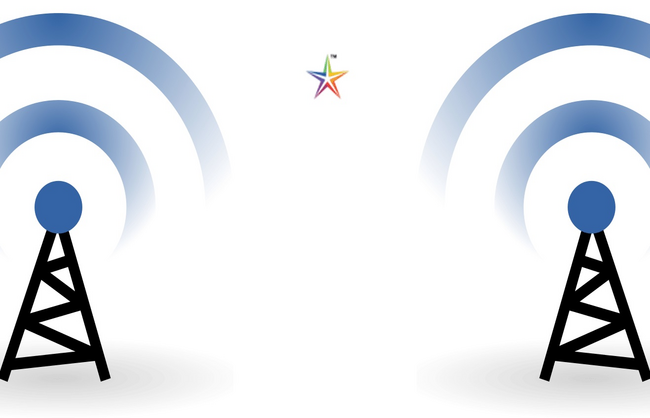NC State Designs “True” Wireless Power Source

It’s the year 2017 and “going wireless” seems to be all the rage. But as we all know, having a wireless device does not mean ultimate freedom from charging docks or other power sources. Thankfully, researchers at North Carolina State University have developed an innovative system that integrates high-speed data and wireless power transfer simultaneously.
The NC State Wireless Study

So what makes the NC State wireless power research so innovative? According to David Ricketts, associate professor of electrical and computer engineering at NC State and the senior author of the research, “One of the most popular applications is in wireless cell phone charging pads. As many know, these unfortunately often require almost physical contact with the pad, limiting the usefulness of a truly “wireless” power source. Recent work by several researchers has extended wireless power to ‘mid-range’ which can supply power at inches to feet of separation. While encouraging, most of the power systems have focused on the power problem – and not the data that needs to accompany any of our smart devices today. Addressing these data needs is what sets our work apart here.”
According to the Study, “Wireless power transfer (WPT) has gained renewed interest due to emerging low-power applications and high efficiency. Coupled with power in many applications is the need for communication, whether for regulation of power transfer or for transfer of information between the source and the load.”
The only thing close to this technology is the Pi Charger – a wireless cone that can handle charging up to four devices at once by simply resting the devices near the technology. This is a truly groundbreaking device which does not rely on the traditional charging pad.
“The combination of power and high-speed data creates a true single “wireless” connection.”
So what does this really mean and how does this apply to our smart devices? Simply stated, the NC State research improves data rates and data signal quality. That means will someday be able to power your tablet and stream movies without losing efficiency. Using magnetic field to transfer power through the air, contemporary wireless power transfer devices rely on an antenna that traditionally operates in a narrow bandwidth. The end result: decreased power loss especially when the transmitter and receiver are inches/feet apart from one another. Wireless power manufacturers fix this problem by having a separate radio for data transmission – making up for the lost power of operating two systems simultaneously.
“Several communication methods have been proposed for use with WPT, including adjacent channel communication (non-WPT), as well as WPT-based methods, such as load modulation and passive backscattering. However, approaches using the WPT link have historically been low-speed ( <400 kb/s).”
The Test Results
Instead of relying on a separate system for both data and power transmission, which is notoriously costly, NC State decided to think outside the box and widened the bandwidth system. “People thought that efficient wireless power transfer requires the use of narrow bandwidth transmitters and receivers and that this, therefore, limited data transfer,” Ricketts explained in the NC State press release. “We’ve shown that you can configure a wide-bandwidth system with narrow-bandwidth components, giving you the best of both worlds.”
With the goal of improving data rate and data signal quality, the NC State team tested their cutting-edge system. The results were impressive. Transferring close to 3 watts of power (the equivalent of powering your tablet during video playback) while simultaneously transmitting 3.39 megabytes of data per second yielded only 2.3% less efficiency. The second test at 2 watts of power resulted in 1.3% less efficiency – proving that widening the bandwidth system reduces power consumption loss.
Improved Power Efficiency

Both tests, according to the NC State press release, were conducted with the transmitter and the receiver 6.3 inches apart – showcasing the systems ability to operate in longer distance wireless power links. “Our system is comparable in power transfer efficiency to similar wireless power transfer devices and shows that you can design a wireless power link system that retains almost all of its efficiency while streaming a movie on Netflix,” Ricketts said.
The paper, “Ultra-high Data-rate Communication and Efficient Wireless Power Transfer at 13.56 MHz,” is published in the journal IEEE Antennas and Wireless Propagation Letters. Lead author of the paper is Jordan Besnoff, a former postdoctoral researcher at NC State who is now at Oak Ridge National Laboratory. The paper was co-authored by Morteza Abbasi, a research assistant professor at NC State
Source: NC State Press Release, IEEE Antennas and Wireless Propagation Letters





